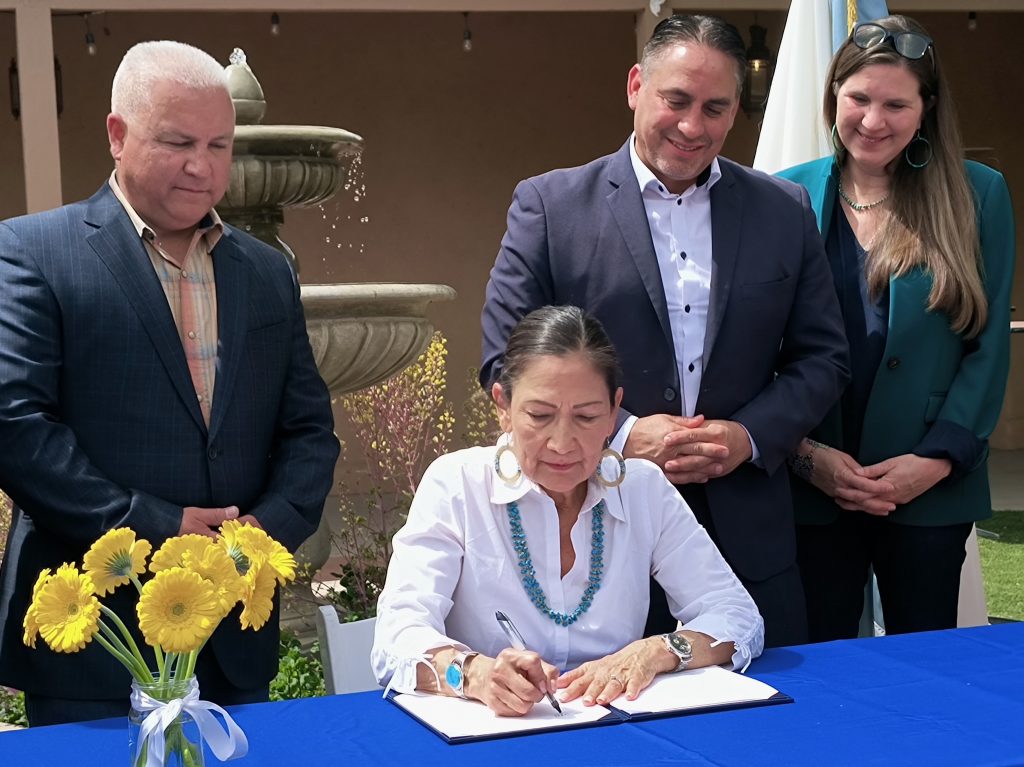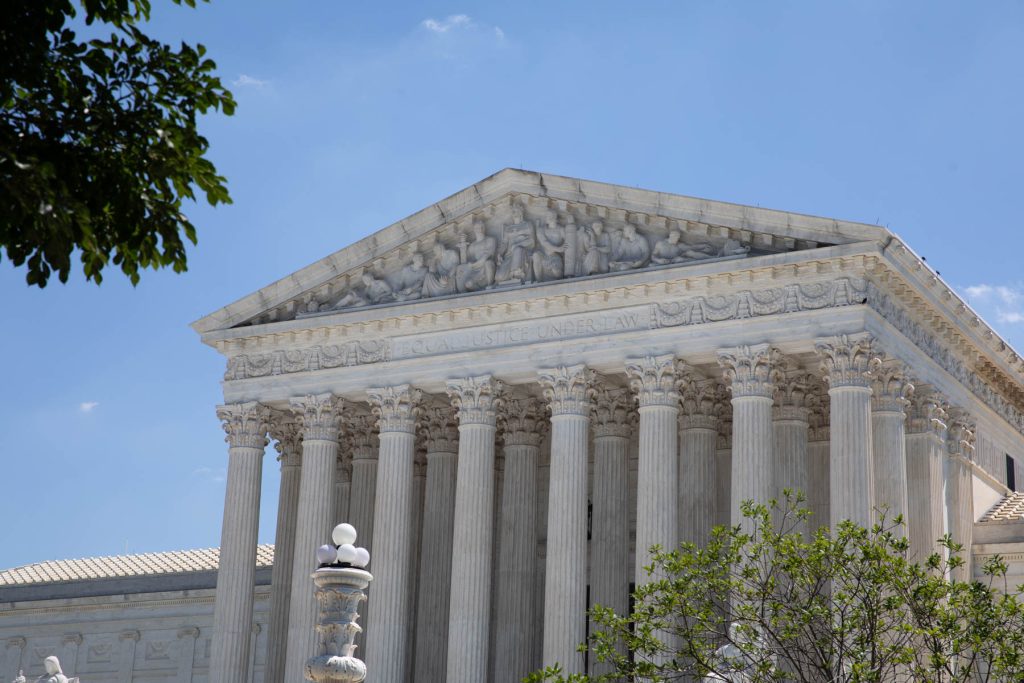Two reports released on Thursday have different views of the Albuquerque Police Department’s compliance with a consent decree between the department and the U.S. Department of Justice.
 A status report by James Ginger, the federal monitor appointed to oversee APD’s reforms outlined in the consent decree, warns that the police department is not developing a new use of force policy fast enough.
A status report by James Ginger, the federal monitor appointed to oversee APD’s reforms outlined in the consent decree, warns that the police department is not developing a new use of force policy fast enough.
“The monitoring team have twice worked with the APD to provide guidance regarding the pending APD use of force policy,” his report states. “As of yet, no use of force police has been developed that can be approved by the monitor.”
The report from APD, however, painted a much rosier picture in its own status report, maintaining that “methodical planning, innovation and hard work” have led to “considerable gains.”
The consent decree is the result of a federal investigation that concluded in April 2014 that the police department’s practices of use of force repeatedly violated the U.S. Constitution. A settlement agreement between the DOJ and APD last fall outlined the reforms the police agency must follow through the consent decree.
APD says that it submitted a new use of force policy that is still awaiting approval from Ginger. APD spokeswoman Celina Espinoza noted that the consent decree’s deadline for a new use of force policy isn’t until June of next year.
Still, a coalition of 17 Albuquerque area advocacy groups criticized APD in wake of Ginger’s report.
“This reform process is not going to work if APD keeps falling short in the foundational task of creating acceptable use of force policies,” Peter Simonson, executive director of the American Civil Liberties Union New Mexico, said in a statement. “These policies are the first step in creating adequate training, improved supervision, and effective discipline.”
In his report, Ginger notes that APD “has demonstrated a commitment to reform.”
“It has begun the process of revising policies, creating new tracking and accountability systems, and putting other critical components into place that will serve it well in the years to come,” he writes.
But Ginger also stresses that “fostering the constitutional use of force is the primary goal of this entire effort, and every provision of the [court-approved settlement agreement] is aimed, directly or indirectly, at achieving this goal.”
For his report, which analyzes APD activities from Feb. 1 through May 31 of this year, Ginger’s monitor team reviewed a random sample of 16 use of force incidents from a pool of 50 police reports. APD only provided his team with requested videos and materials for two of those incidents while submitting material for the rest “too late for review.”
Ginger’s report says APD didn’t submit the material on time because of “identification and retrieval issues.”
His team’s review of the two incidents raised concerns. The first involved an officer shooting a Taser gun at the head of a fleeing suspect, which the consent decree prohibits. Ginger’s report notes that the incident happened before APD established a new use of force policy.
The second incident concerns multiple officers attempting to restrain a man who wouldn’t lie on the ground as ordered. Once facedown on the ground, one of the cops may have “placed his knee on the man’s neck in a way that may have constituted a neck hold.” The report notes that the consent decree identifies this type of neck hold as “lethal force.”
APD conducted an internal investigation into the incident, but did not consider if the officer used lethal force and if so, whether it was warranted.
Several times, Ginger’s report emphasizes that APD must develop a use of force policy approved by the federal monitor team to comply with the consent decree.
In statements released today to media, APD spokeswoman Celina Espinoza noted that the police department’s own status update covers November 2014 through this month, a longer time period than Ginger’s report.
APD’s report says the agency has submitted a new use of force policy and is expecting approval this month.
“However, the department is particularly concerned with the timing of this approval and the consideration of the extended timeline required to complete use of force training prior to the training deadline of June 2nd, 2016,” APD’s report reads.
APD’s report also proclaims that the police department is currently in compliance with “approximately” 119 directives from the consent decree. But it adds a caveat: “Of course, those completions are subject to the monitor’s evaluation and approval.”
Ginger will continue submitting reports analyzing each successive four months through 2016. The following two years, Ginger will submit status updates every six months.
APD, for its part, says it will be in full compliance with all of the consent decree’s directives by the end of next year.





















